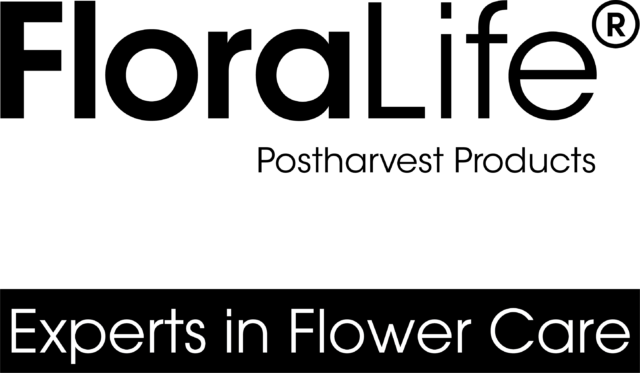Flowers to Dye For!
Dyed flowers are one tool in the toolbox that designers use to shake things up creatively. At certain times of the year, dyed flowers are in big demand and big, bold primary colors will compete with the pretty pastels of spring. So how do you care for these dyed dandies? That’s the topic of our latest article for LivRio: “Dyed Flowers Care and Handling!”

Dyed Flowers: Special Considerations
Using dyed flowers is a fantastic opportunity to let your imagination run wild and provide a fun element that ties in perfectly with any theme. But working with them is a little different and there are some things you should know and expect…
- Dye in the Drink: As dyed flowers sit in water, you may notice the water begin to take on the color of the flowers. This is normal and there’s no need to change the water. If, however, the LOOK of the water bothers you….
- Consider the Container: You may want to choose a non-clear vase or container. Also, choose a vase that will not be damaged by the tinted water.
- Foliage Fun: Slightly compromised foliage is not uncommon, due to the oils and salts in the dye – even though the petals look healthy.
- Mix and Match: If you are using both dyed and natural flowers, know that the naturals may take on some of the dye by way of the vase water. You will probably find any change to be subtle, and it could actually produce a more unified look in your mixed arrangement.
- Beware of Bleed: Sometimes dye seeps through the leaves and could stain clothes, linens, etc. Take care, and also warn your customer.
- Picks and Props: Using picks in your St. Patrick’s Easter or Valentine’s Day arrangements? Treated wood or plastic are best to avoid fungal bacterial growth in the vase.

Dyed Flowers: Everyday Care & Handling
Aside from the specifics of dealing with artificial color, your flowers are still flowers and they need all the TLC you are accustomed to giving them! Here are some highlights – be sure to read LivRio for more detail!
- Clean buckets, sanitized with D.C.D.® Cleaner.
- Cool water mixed with flower food solution – properly mixed by hand or with a dosing unit. Do not use water that has been treated with a water softener (too much salt!)
- Remove any foliage below the solution level.
- Re-cut stems by approximately 1”. Use sanitized tools! Use FloraLife® Quick Dip to jump-start hydration and ensure free-flowing stems.
- Place flowers in previously prepared container.
- Allow a minimum 2 hours of hydration.
- Remember FIFO (first in first out) when rotating flowers.
As always, these are the bullet points. Be sure to check out the original article in LivRio. And for further care and handling tips from the flower care experts visit us at: www.floralife.com
